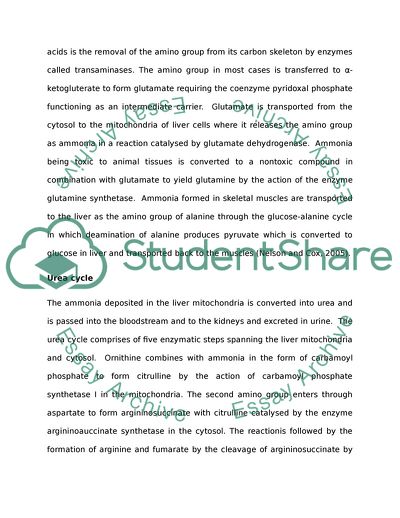Cite this document
(Why Protein Based Diets Can Be Deadly for Some Individuals Coursework, n.d.)
Why Protein Based Diets Can Be Deadly for Some Individuals Coursework. Retrieved from https://studentshare.org/family-consumer-science/1733693-protein-based-diets-can-be-deadly-for-some-individuals-with-inborn-errors-of-amino-acid-metabolism
Why Protein Based Diets Can Be Deadly for Some Individuals Coursework. Retrieved from https://studentshare.org/family-consumer-science/1733693-protein-based-diets-can-be-deadly-for-some-individuals-with-inborn-errors-of-amino-acid-metabolism
(Why Protein Based Diets Can Be Deadly for Some Individuals Coursework)
Why Protein Based Diets Can Be Deadly for Some Individuals Coursework. https://studentshare.org/family-consumer-science/1733693-protein-based-diets-can-be-deadly-for-some-individuals-with-inborn-errors-of-amino-acid-metabolism.
Why Protein Based Diets Can Be Deadly for Some Individuals Coursework. https://studentshare.org/family-consumer-science/1733693-protein-based-diets-can-be-deadly-for-some-individuals-with-inborn-errors-of-amino-acid-metabolism.
“Why Protein Based Diets Can Be Deadly for Some Individuals Coursework”. https://studentshare.org/family-consumer-science/1733693-protein-based-diets-can-be-deadly-for-some-individuals-with-inborn-errors-of-amino-acid-metabolism.


